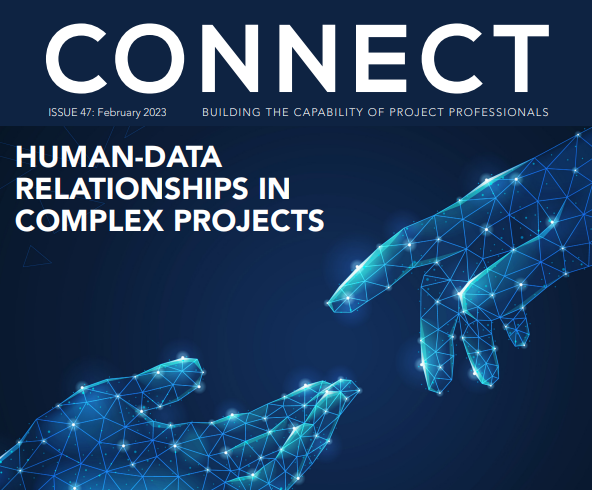
Why some Megaprojects fail in Africa – What We Can Do About That
In 2011, construction work began on the Grand Ethiopian Renaissance Dam. On completion, the concrete colossus (145 meters high and 2 kilometres wide) will generate 15,000 gigawatt-hours of electricity; making it the largest hydroelectric power plant in Africa and the 7th largest in the world. With $5 billion to be invested by 2022, it serves as an exciting case study to pinpoint the risks and uncertainty shrouding megaprojects in Africa.
Africa’s industrial transformation agenda has put more pressure on governments to go big on their infrastructure plans. But undertaking these mammoth projects don’t come cheap. According to the African Development Bank, Africa needs between $130 and $170 billion per year to meet its infrastructure needs. Many African governments are running a thin balance sheet and are incapable of taking on these giant endeavours. With Covid-19 in the picture, the situation becomes more herculean. As such, involving the private sector is the only way to go. But the private sector, like damsels, must be wooed onto the dance floor. So far, African governments are not the best at doing this. And there are reasons why:
- Undefined Risks
For one, private players fear the sovereign risks triggered, in part, by defective policy-making and implementation by African governments. There are also fears about protracted delays leading to mounting costs and misaligned objectives. Worse of all, most megaprojects in Africa do not reflect the primary needs and expectations of citizens. It is often imposed on them while they bear the tax liabilities, health and social implications for the long-term.
Although industry experts have proposed that a collective responsibility and shared risk allocation model will ensure sustainable outcomes, we must remember that megaprojects in Africa are unique. Many of them fail the value-for-money assessment, are known for cost overruns and often generate lower revenues than promised. For several megaprojects, the authorities don’t regard the environmental impact assessments at the development phase. Their decisions are largely driven by political bias rather than objective studies.
- Perceived Corruption and Diplomatic Downturns
There’s also perceived corruption and sometimes, the diplomatic crisis that bedevils megaprojects that stretch across borders. The Grand Ethiopian Renaissance Dam is a case in point.
Internally, the project suffered serious setbacks due to massive corruption and mismanagement. In December 2019 alone, about 50 individuals were arrested and charged with serious graft misdemeanours, including the former CEO of Ethiopia’s power watchdog, Ethiopian Electric Power (EEP).
Externally, the project also suffered a diplomatic crisis which threatened its completion. For one, Ethiopia’s old neighbour, Egypt, which is 2500 kilometres downstream of the dam site, fears that the dam will diminish the amount of water available in the Nile River and Lake Nasser. Although Ethiopian officials called this a topographical misjudgement, Egypt was not having any of that. If anything, it’s officials threatened airstrikes on the dam, stating that its very existence is an existential threat to Egypt’s survival.
- Party Politics
The dense politics involved in infrastructure development is a huge factor in Africa. Asides from the needs assessment and other objective tools of ascertaining “which project goes to where and why,” political decisions at play ultimately influence the siting and funding of megaprojects. However, this is not exclusive to Africa. The media is replete with megaprojects that have failed due to poor political decisions, rendering thousands homeless and millions more destitute.
Conclusion
Undefined risks can be mitigated when governments are transparent and clear about their intentions. They must, as much as possible, employ equitable risk-sharing models to allay the concerns of the private sector. Governments must also make data-driven decisions and untangle megaprojects from party politics.
The question of perceived corruption is best handled by systems of accountability and real-time communication amongst all project stakeholders. Until then, we may only run in circles.






